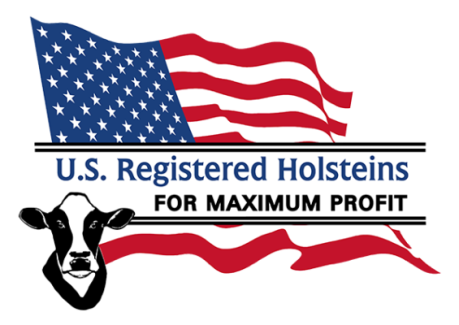Cow comfort is of prime importance in barn-based dairying, says a visiting British expert in cow housing systems.
David Ball says sand bedding would be the “gold standard” for cow bedding in the UK, rather than the rubber mattresses more common here.
“We have a test back home: you stand at the back of the stall as a cow would, then drop to your knees. Then rub you knuckles on the surface. If the skin on your knuckles is intact, and if when you get up – assuming you can get up – your trousers are clean and dry, then you’ve got a reasonably good bed.”
Ball is employed by Britain’s statutory farmer levy-funded industry group the Agriculture and Horticulture Development Board.
Now visiting New Zealand on a fact finding and knowledge exchange tour, Ball recently attended a DairyNZ discussion group on the Springston farm of Phil Musson, who installed a wintering barn a few seasons ago, primarily as a way of getting his cows off his wet winter pastures.
“As an organisation, what we’re trying to do is to encourage farmers to appreciate the importance of cow comfort in a situation like this,” says Ball.
“We encourage farmers to ensure their beds are comfortable and the stall dimensions are correct for their size of cows, so they are optimising animal comfort and optimising lying times to increase production.”
Ball says it has been historically commonplace for UK farmers to have cow barns for winter, but even there intensification has grown: cows have been kept indoors longer each year for more control over diet.
“We tend to have more like a six-month winter housing period and a six-month grazing period so there’s tremendous emphasis on managing the cow during that housing period – getting the ration right and making quality silage, be it grass or maize, or lucerne maybe.”
Ball says UK farmers feed a lot more concentrated feed, in the form of grain or protein supplements.
“What I’ve gathered so far is that the farming system here is very grass-based. There’s a tremendous focus on productivity from the grass and turning that into milk.”
But the challenges for both countries are mostly environmental, especially the desire to reduce nitrate levels in groundwater, and barn systems help achieve that.
“If they’re being encouraged to reduce nitrate leaching into watercourses, then the housing system allows them to do that. They have control over the effluent — the effluent’s all contained. They can utilise it, not only to reduce leaching but also to benefit from the nutritional value there in the effluent to grow crops,” he says.
“As we’ve heard today from Phil [Musson], the benefit of reduced harm to the pasture during that wet weather means there’s more grass production as well.”
Helen Thoday, DairyNZ animal welfare and husbandry team developer, who also attended the discussion day, says that with good management barn housing should not pose greater health problems, but there are definitely higher health risks.
“Whenever you bring a large group of animals into closer contact with each other and all the effluent that is produced, then you have to think there will be increased risk of mastitis and lameness.
“You must have good management in place to keep everything as clean as possible and to ensure that your cows are lying down for the right amount of time – a minimum of eight hours a day; that takes the stress off their legs,” she says.
Thoday, who also is originally from the UK, says the use of mattresses rather than sand is one of the big differences between the two countries’ farming methods, because NZ does not have an easy or cheap source of sand.
Sand also has the disadvantage of collecting in the effluent pond and having to be regularly dredged out.
“If you wanted to use sand you’d have to make that work for you.”
Thoday says that of NZ’s 12,000 dairy farms, probably about 200 now have sophisticated permanent barns, as distinct from plastic-roof shelters that last about 15 years.
She says that in Southland, where the climate more resembles northern Europe, farmers use barns in similar ways to European dairy farmers, keeping cows permanently inside in winter.
Outside Southland, she says, farmers are creating hybrid systems that allow cows to be inside and outside for a certain amount of time each day, possibly because of farmers’ consent conditions.
Source: Rural News




